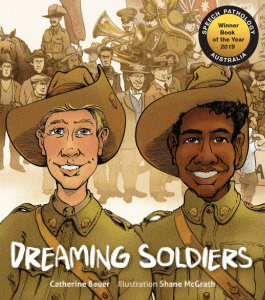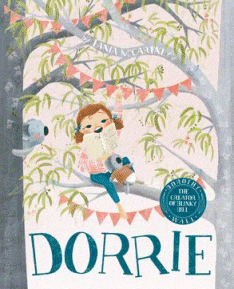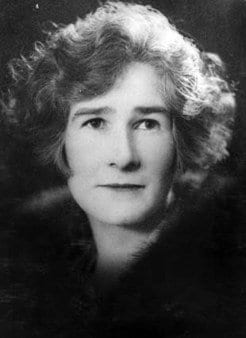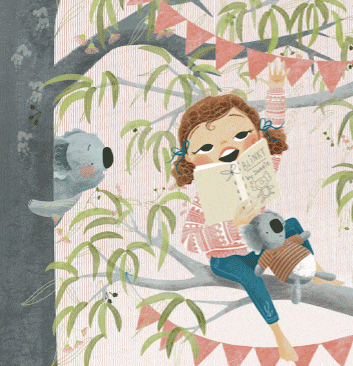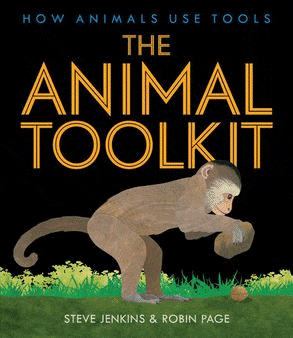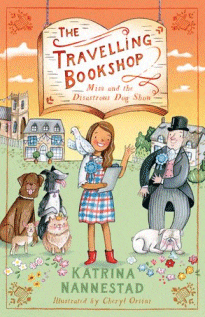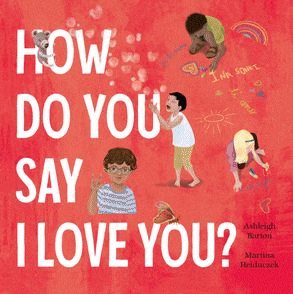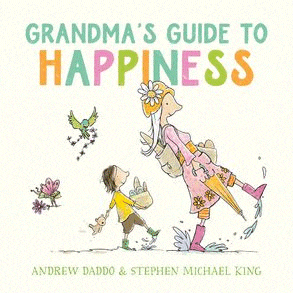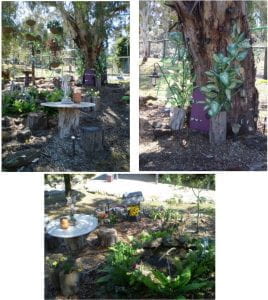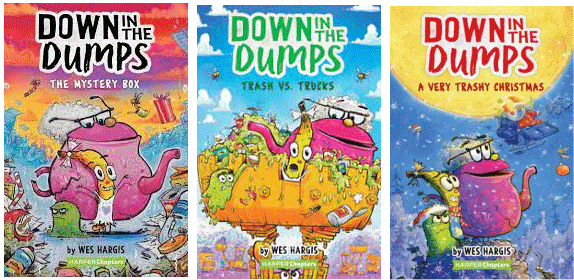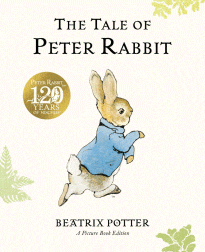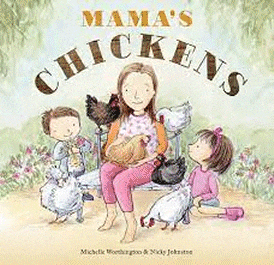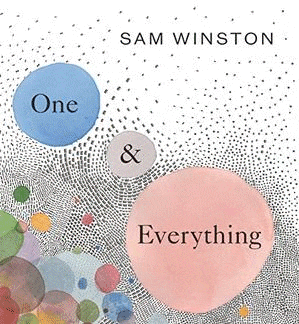
One and Everything
One and Everything
Sam Winston
Walker, 2022
48pp., hbk., RRP $A29.99
9781529509298
Once there were many stories in the world. Some had beautiful sunsets, some lived at the bottom of the sea, and some were simply about dogs. Until one story decided that it was going to be the most important story ever. It called itself the One and started to consume every other story in existence. Soon it seemed that the One was all that was left … or was it? Because inside the One’s tummy, something was happening—the other stories, combined into new words, become a Voice. Pushing back against its captor, the Voice gets the One to understand that it is actually Every Story, not merely a single one. Will the One be angry and turn on the others, permanently silencing them for ever, or will it heed the words of the Voice and create magic?
At first, this looks like a book for little people, but then the storyline seems to be an allegory for political power for older students, and then you read the endpages and find it is something completely different and you return to pay much closer attention to the illustrations which rather than being randomly coloured dots whose patterns are actually symbols of 50 different scripts (the written symbols for spoken language) of languages once spoken around the globe. Given that it’s estimated that there are currently more than 7000 languages spoken, these fifty are but a sample of those that have already disappeared, but inspired by the Endangered Alphabets project, aimed at preserving cultures by sharing their unique scripts, Sam Winston has used writing systems such as cuneiform, Canadian aboriginal, Egyptian hieroglyphs and ogham to illustrate this book, as well as including a fascinating explanation of those languages, where they come from and a challenge to find them used in the story.
Given today is Harmony Day, this is an ideal story to use as a springboard to explore the languages spoken in the classroom or school, and perhaps even invite someone to share a story from another culture. Students could interview their parents and grandparents to investigate what their favourite stories and authors were, and then see which ones are still popular today – some of today’s parents will recall the excitement of the initial publication of the Harry Potter series!!!
